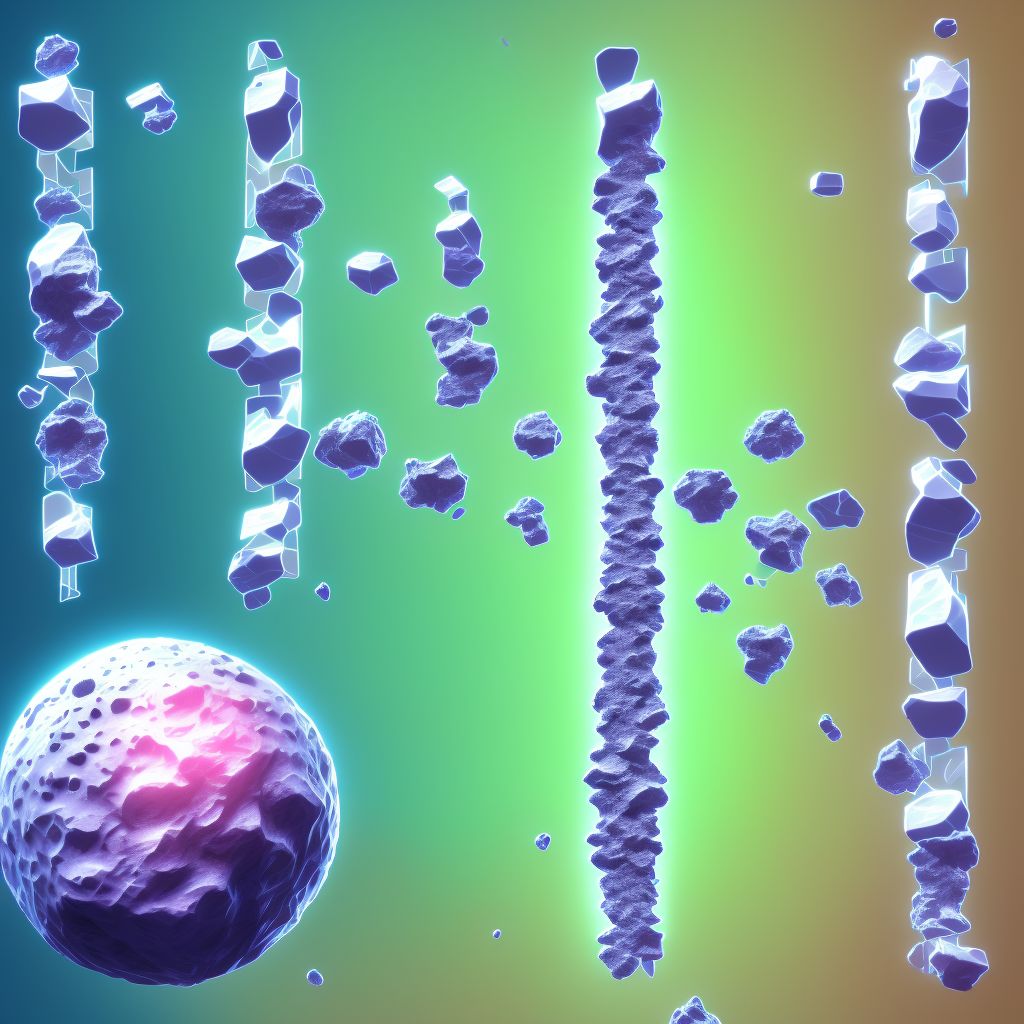
Displaced transverse fracture of shaft of left fibula, subsequent encounter for open fracture type I or II with routine healing Save
ICD-10 code: S82.422E
Disease category: S82.422: Displaced transverse fracture of shaft of left fibula
Displaced Transverse Fracture of Shaft of Left Fibula: Understanding Open Fracture Type I or II with Routine Healing
A displaced transverse fracture of the shaft of the left fibula can be a painful and debilitating injury. However, with proper medical attention and routine healing, individuals can regain their mobility and resume their normal activities. In this article, we will explore the concept of an open fracture type I or II and discuss the subsequent encounter for routine healing, without delving into specific treatment options.
Open fractures are characterized by a break in the skin, exposing the fractured bone to the external environment. Type I or II open fractures involve minimal soft tissue damage despite the break in the skin. These fractures are typically caused by a direct blow or trauma to the affected area.
When a patient with a displaced transverse fracture of the shaft of the left fibula seeks subsequent medical attention for routine healing, healthcare professionals take several factors into consideration. These may include the patient's age, medical history, severity of the fracture, and overall health status.
- Assessment: The healthcare provider will evaluate the patient's condition, assessing the extent of the fracture, any associated injuries, and potential complications.
- Wound care: Proper wound management is crucial in open fractures to minimize the risk of infection. The wound may be cleaned, debrided, and dressed appropriately.
- Immobilization: To promote healing and prevent further injury, the patient's leg may be immobilized using a cast, brace, or splint.
- Pain management: Medications or other pain relief techniques may be recommended to alleviate discomfort and improve the patient's quality of life during the healing process.
Throughout the healing period, regular follow-up appointments will be scheduled to monitor the progress of the fracture and ensure that the routine healing process is on track. These check-ups allow healthcare professionals to make any necessary adjustments to the patient's treatment plan and ensure optimal recovery.
In conclusion, a displaced transverse fracture of the shaft of the left fibula can be managed effectively with routine healing. By understanding the concept of open fracture type I or II and following the appropriate medical guidance, patients can expect to recover and regain their normal level of function. If you are dealing with such an injury, it is essential to consult with a healthcare professional for a proper diagnosis and treatment plan tailored to your specific needs.
Treatment of Displaced transverse fracture of shaft of left fibula, subsequent encounter for open fracture type I or II with routine healing:
Treatment Options for Displaced Transverse Fracture of Shaft of Left Fibula: Subsequent Encounter for Open Fracture Type I or II with Routine Healing
A displaced transverse fracture of the shaft of the left fibula, subsequent encounter for open fracture type I or II with routine healing, can be a challenging injury to manage. However, with the right treatment approach, patients can...
To see full information about treatment please Sign up or Log in